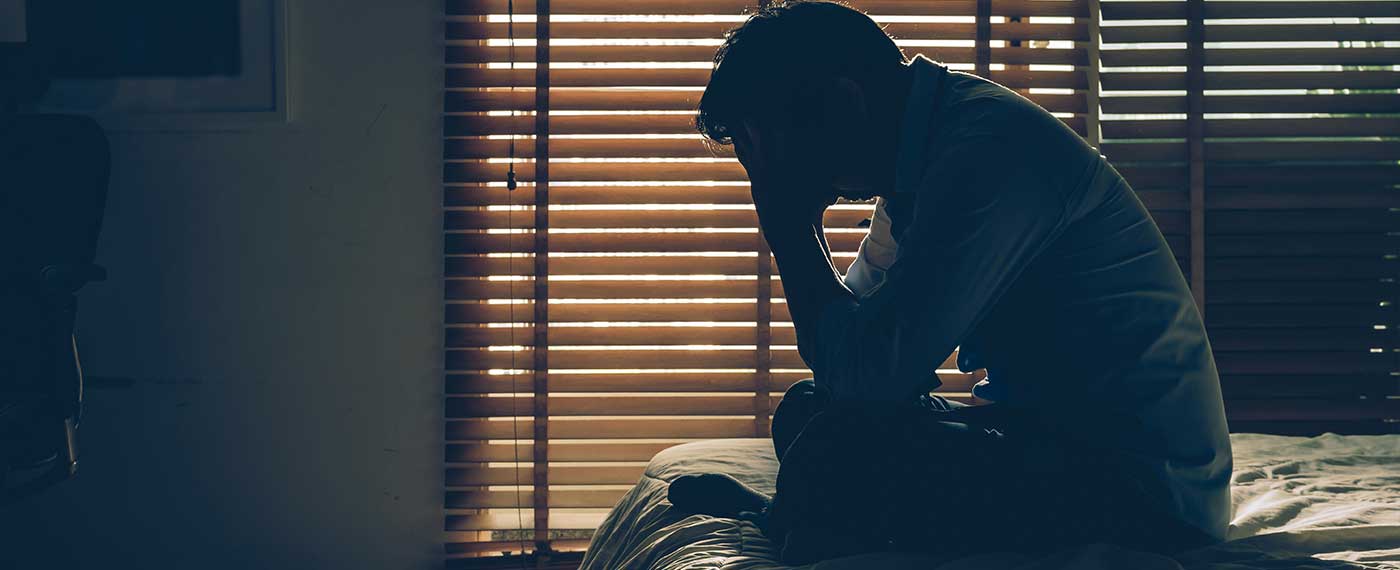Appointments Available
732-548-2000Send us an Mail
info@spielmd.comFind A Location Near You
New Jersey OfficesGot Pain?
Tell Us Now!Post Traumatic Stress Disorder (PTSD)



20 percent of people who experience a traumatic event will develop PTSD
An Innovative Approach To Treating PTSD is Here!
An exciting recent innovation offers promising potential to treat symptoms of PTSD!
The Stellate Ganglion Block (SGB) is a procedure which places an anesthetic agent on the Stellate Ganglion.
Minimally invasive and completed in as little as 30 minutes, SGB offers years of relief from PTSD symptoms.
PTSD Is More Common than You Think…
PTSD (post traumatic stress disorder) is a mental health disorder related to a stressful or traumatic event. Symptoms can include intrusive thoughts, avoidance of reminders, negative thoughts and feelings, and reckless or self-destructive tendencies. Although often associated with combat veterans, PTSD affects many individuals outside the military experience as well.
Abuse
 Those who have suffered from abusive tramautic experiences such as rape or domestic violence may suffer from PTSD
Those who have suffered from abusive tramautic experiences such as rape or domestic violence may suffer from PTSD
First Responders
 Police, firefighters, EMS and others may suffer from PTSD following exposure to natural disasters, mass casualty events or accidents
Police, firefighters, EMS and others may suffer from PTSD following exposure to natural disasters, mass casualty events or accidents
Combat Exposure
 Between 11-20% of recent combat veterans suffer from PTSD (US Dept of Veterans affairs
Between 11-20% of recent combat veterans suffer from PTSD (US Dept of Veterans affairs
Accident Victims
 Those who have experienced accidents at the workplace or home, car accidents, or other traumatic events may develop the symptoms of PTSD
Those who have experienced accidents at the workplace or home, car accidents, or other traumatic events may develop the symptoms of PTSD
What if PTSD is Left Untreated?
For some, the symptoms of PTSD dissipate over time. If psychological symptoms have not subsided within the first year, the chances of an untreated recovery are thin. Self destructive actions and social consequences of these symptoms can progressively worsen over time. Treatment is available for those that need it.
What is a Stellate Ganglion Block (SGB)?
Commonly known as a sympathetic block, Stellate Ganglion Block is a low-risk 30 minute procedure which involves placing an anesthetic agent on the stellate ganglion. This injection targets a collection of nerves in the neck, and regulates the activation of the amygdala, which plays a key role in how we experience emotions.
The Process
In conjunction with traditional mental health treatment, Stellate Ganglion Block has the potential to relieve PTSD symptoms for years. As a quick outpatient procedure, SGB is considered a low risk treatment option. During the procedure norepinephrine levels are reduced, and extra nerve growth is inhibited. The injection results in a “reboot” of the sympathetic nerve system to its pre-trauma state and boasts impressive success rates. While all experiences are different, studies have shown that SGB demonstrates a success rate of as high as 85-90%. SGB does not cure PTSD, but rather seeks to help a patient minimize their symptoms while under the continued guidance of psychiatric professionals.
Dr. Spiels History with Sympathetic Blocks for Treatment

